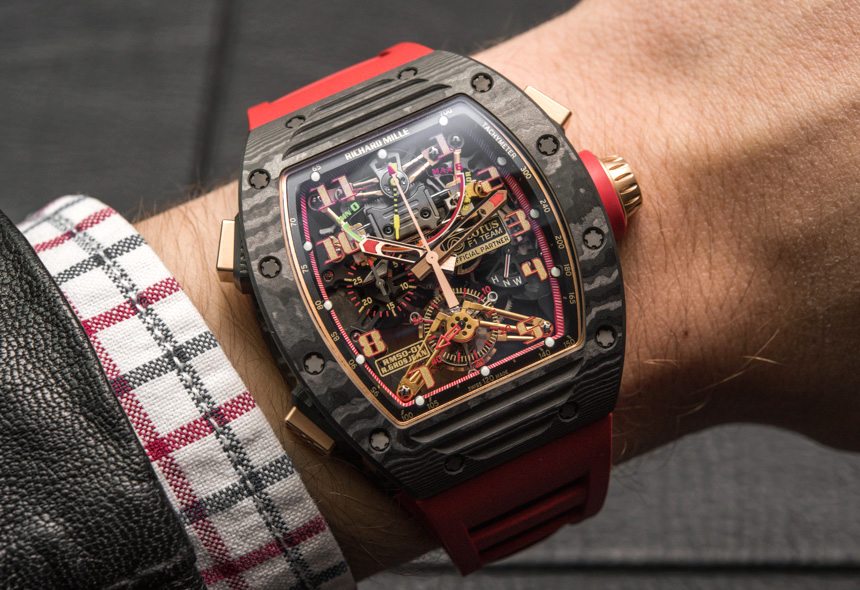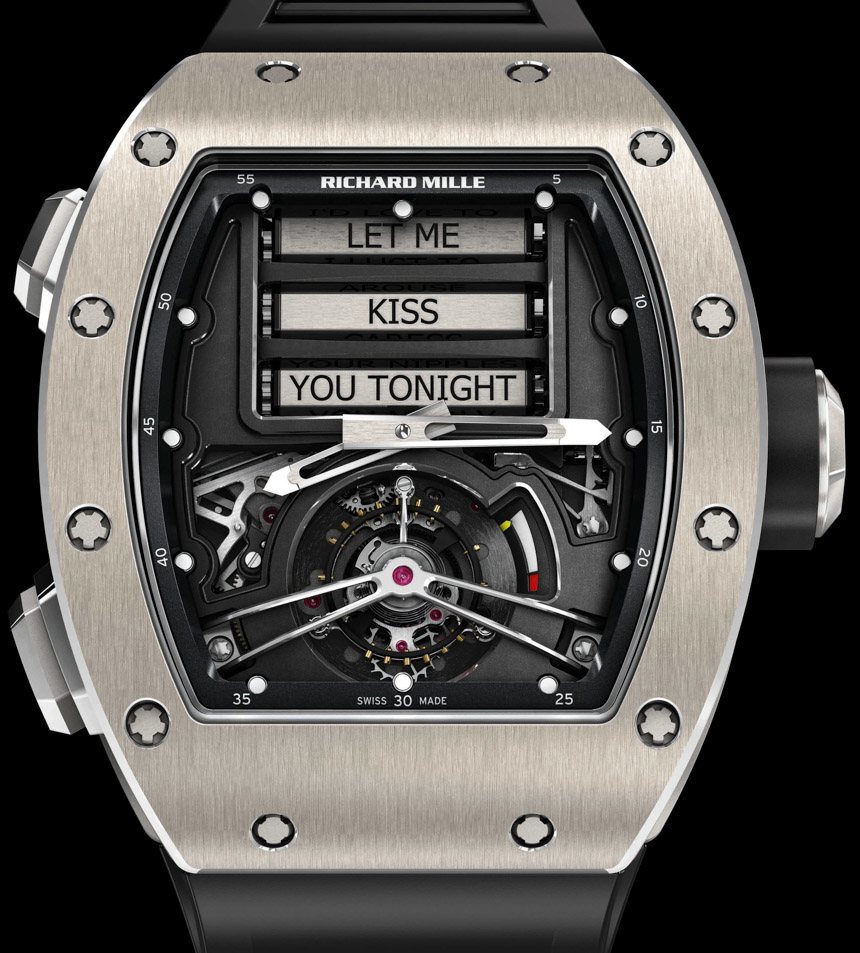
The Prices Really Aren’t Purely About Inherent Value
The most common question any consumer should ask when presented with the price of a product is, “is it worth it?” Are Richard Mille watches necessarily priced at several hundred thousand dollars (on average) based on what it costs to produce them? At various times over the years I’ve had conversations with people in the watch industry who feel as though they are presenting me with a hot news scoop after they learn Richard Mille timepieces have a hefty profit margin. Not only is this information not surprising, but it doesn’t really matter for the success of the brand.
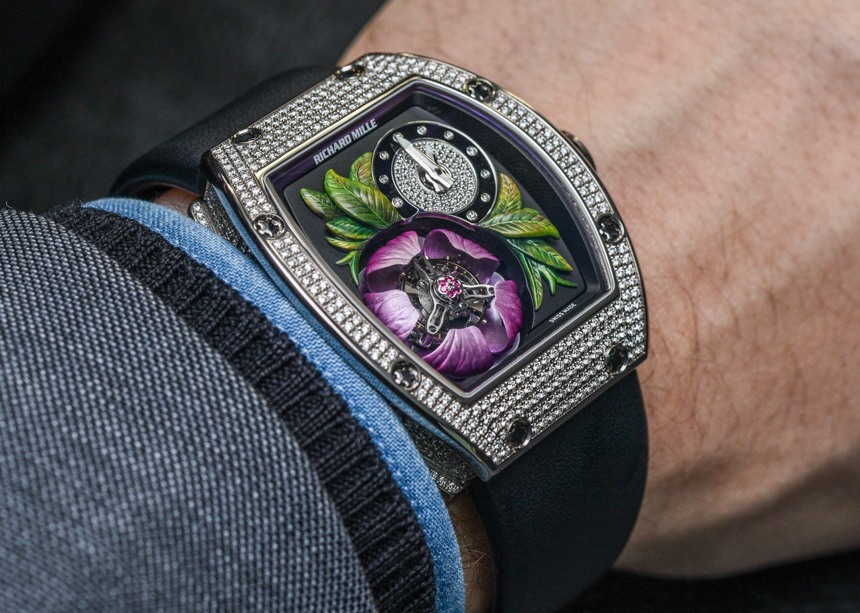

Sure, I get irritated about the fact that I won’t be able to enjoy many of the Richard Mille timepieces I lust after because I’ll likely never have a spare 800 grand sitting around for a watch. But, I can intellectualize the reality that if I was to pay for merely the production cost of many of their timepieces, I could likely afford more than a few over my lifetime. With that said, I understand that Richard Mille watch pricing is actually more of an exclusionary tactic than a presentation of production costs and overhead plus a reasonable profit margin.
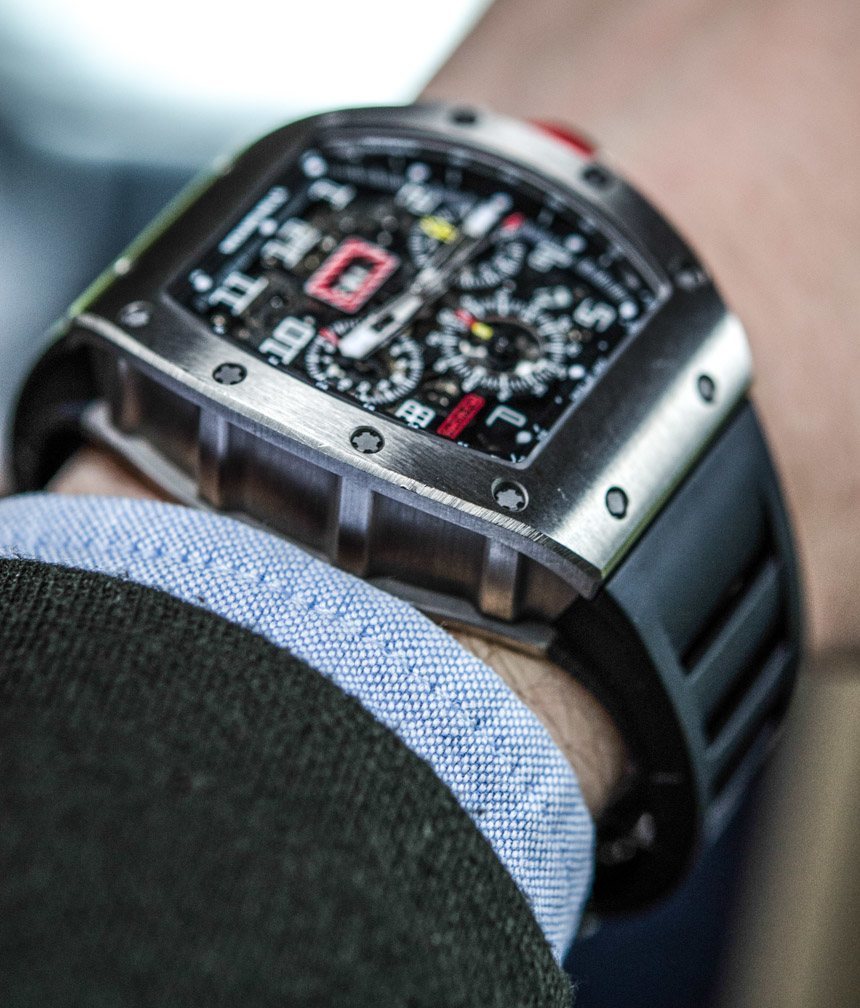
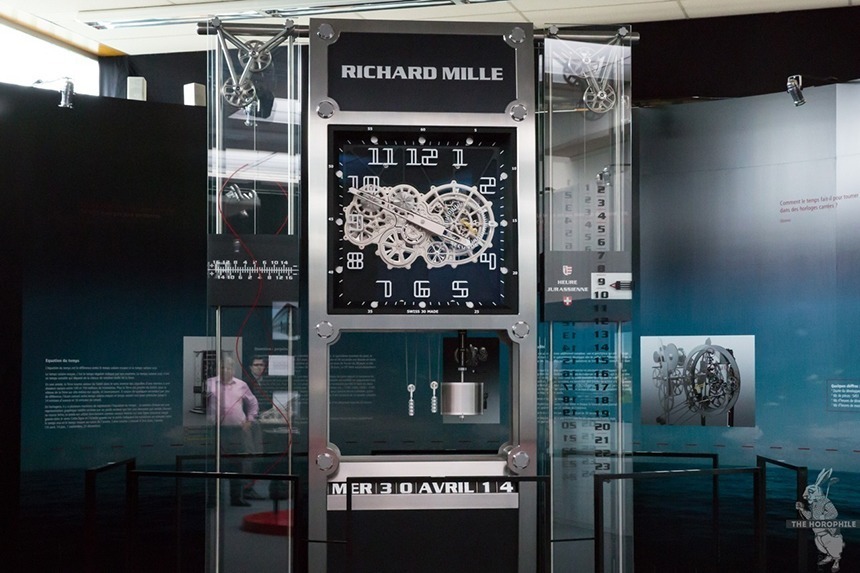
I don’t say this in an attempt to dispel the notion that Richard Mille timepieces aren’t a special thing – because the reality is that they are. Rather, I want to communicate the fact that strictly speaking, Richard Mille watches don’t need to cost as much. With that said, I do like to remind people who complain about Richard Mille product prices that despite the high cost, you still can’t get the same wristwatch product experience for less (which I will discuss more below).
Membership In The Exclusive Richard Mille Watch Owners Club
The meat of my argument on why a luxury product like a Richard Mille timepiece is so expensive is because it is an effort to create exclusivity. What comes with the Richard Mille product is an unspoken promise that only other people like you can afford it. Thus, for Richard Mille, high prices act as an exclusionary tactic to prevent “the wrong type of consumer” from owning one of the products. There is no faster way to disillusion a dedicated luxury consumer than by allowing them to see their high-priced status item on the wrist of someone who can’t afford as much as they do.
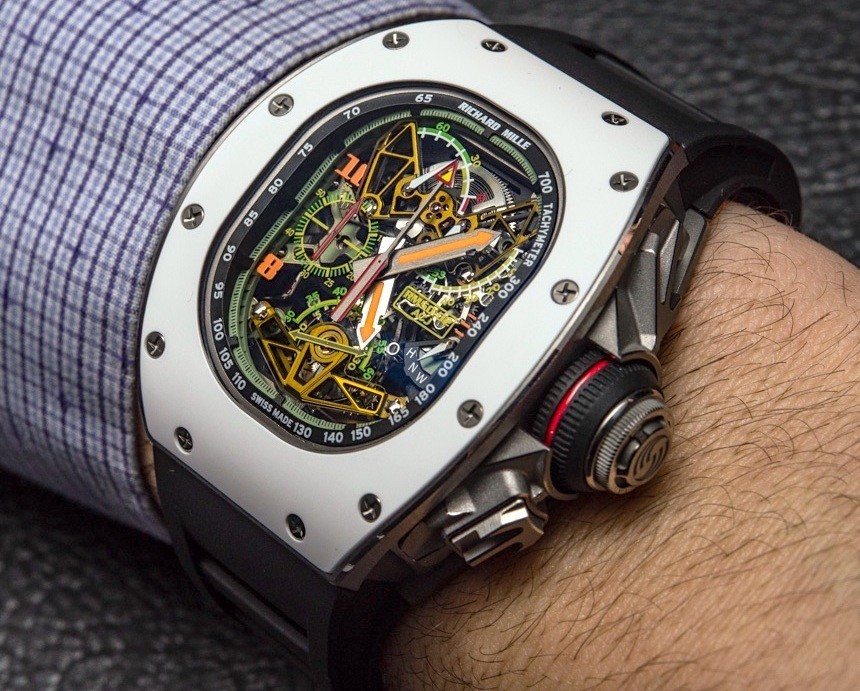
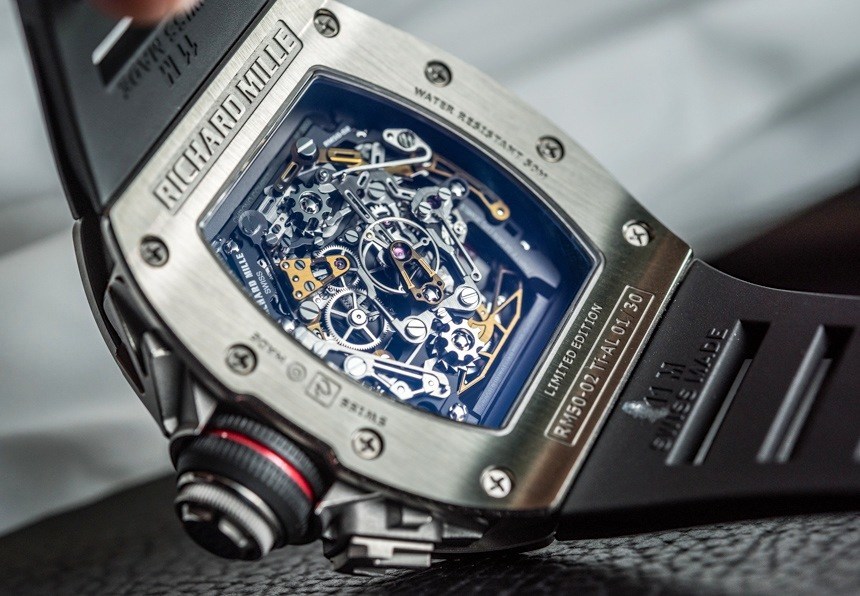
In a very real sense Richard Mille has protected the ability for its clients to say (explicitly or implicitly) “by wearing this watch it means I had to spend, and can thus afford for status items that cost $XXX,XXX.” A major value of many luxury products is in the communicative value to make such statements while wearing the product. Luxury isn’t just about rewarding yourself, but also in being able to effectively communicate to the right audience your status, power, and success. It doesn’t matter how many people recognize that a Richard Mille watch is expensive, but rather that the right people will recognize it and know what it means. Therefore, maintaining a high price allows Richard Mille customers to authentically communicate their status in life as a function of having a certain (high) level of disposable income sufficient to drop this much money on a timepiece.
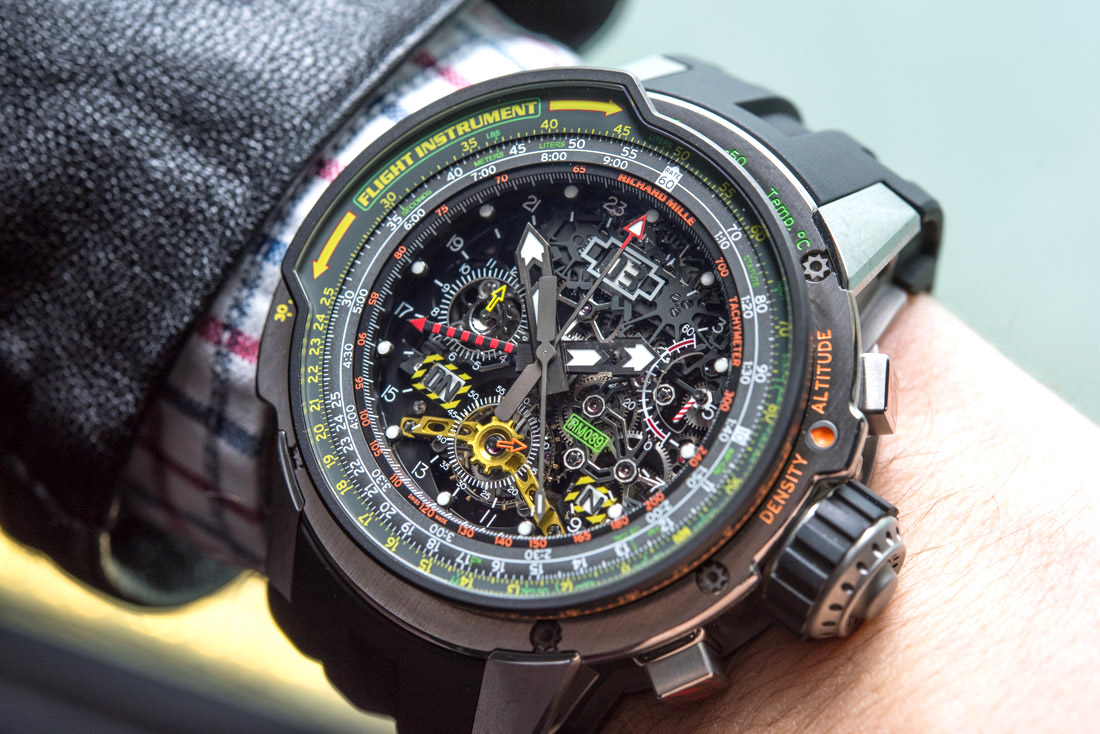
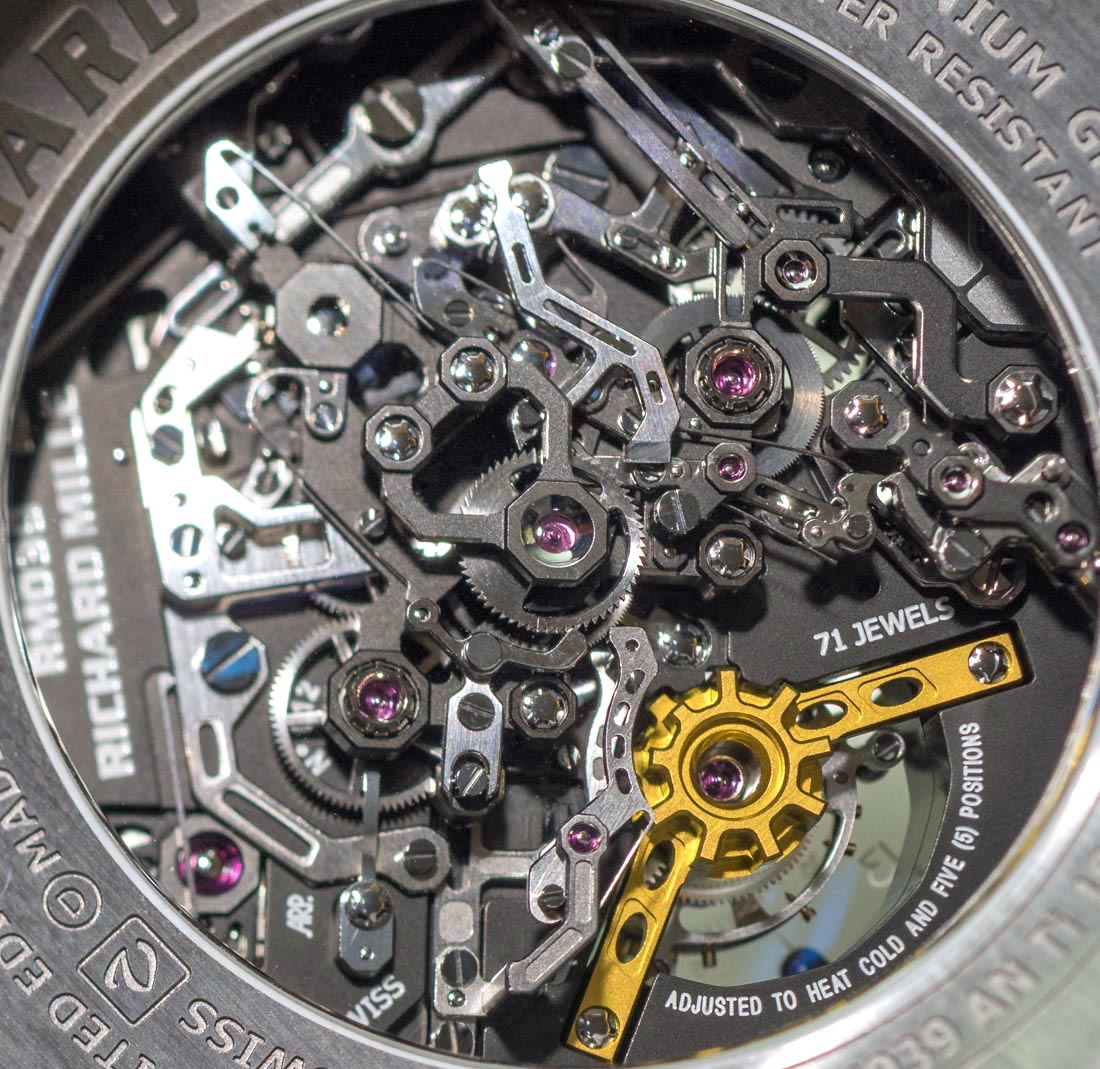
Even though Richard Mille likely can offer sweetheart deals to “friends of the brand” they typically don’t do so. To maintain the exclusivity of the “Richard Mille club,” you need to protect its front doors (metaphorically speaking). It isn’t enough to have high retail prices, but such prices must be asserted when it comes to sales. I’m not saying that everyone who buys a Richard Mille is asked to pay full retail price, but even if there is some manner of discount, the resulting price is still going to be very high. Buying a Richard Mille isn’t just like buying a Mercedes-Benz, but it is like buying a Mercedes-Benz and a house with a garage to put it in. With prices at Richard Mille levels, even discounts won’t help most consumers escape this reality.
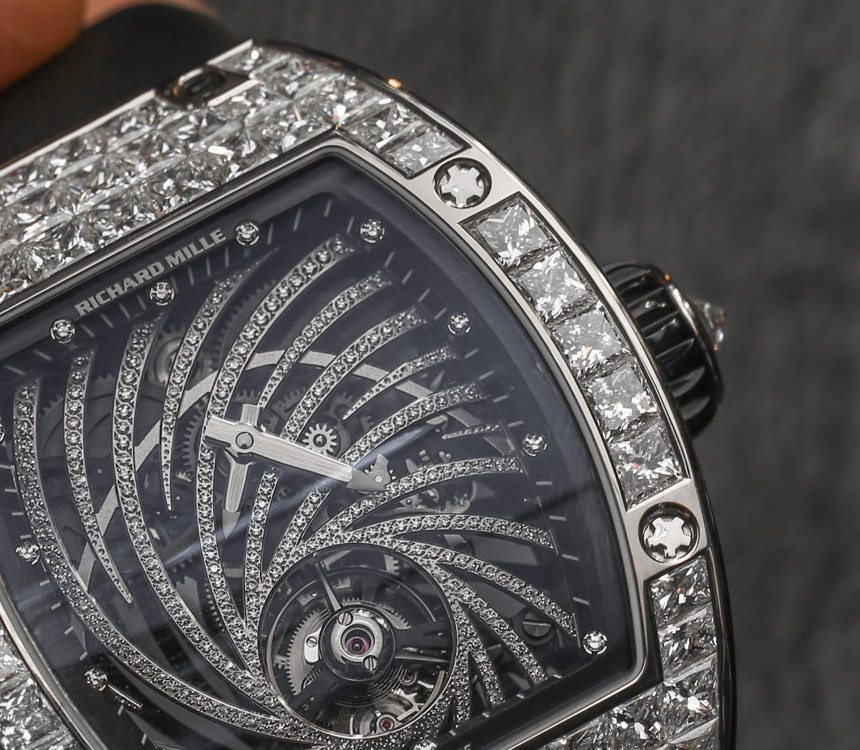
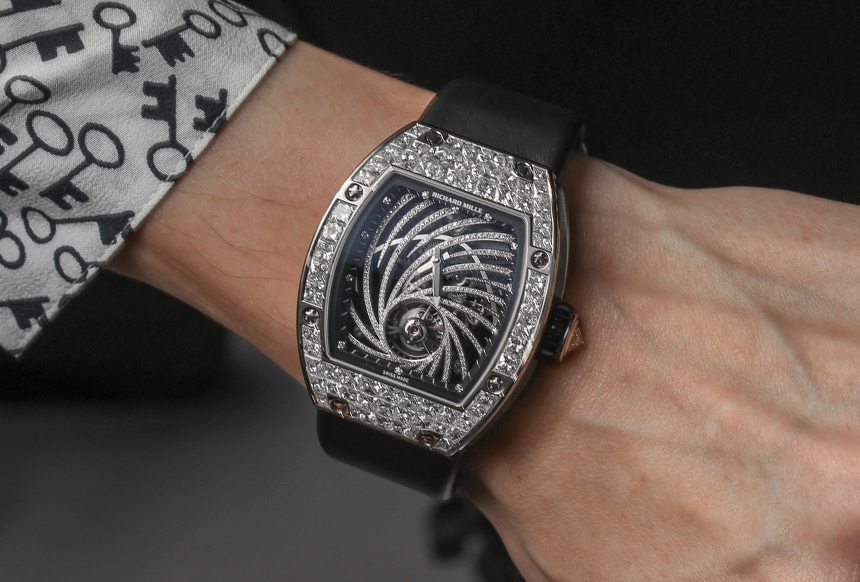
The importance of the necessary “exclusivity value” of Richard Mille watches should not be undermined. Like many luxury watches, ownership is like an exclusive club, and for Richard Mille its club happens to be very exclusive based on purchasing power. Thus, a big value of Richard Mille watch ownership to many of its customers is the ability to honestly convey that they indeed are included among the world’s wealthy elite.
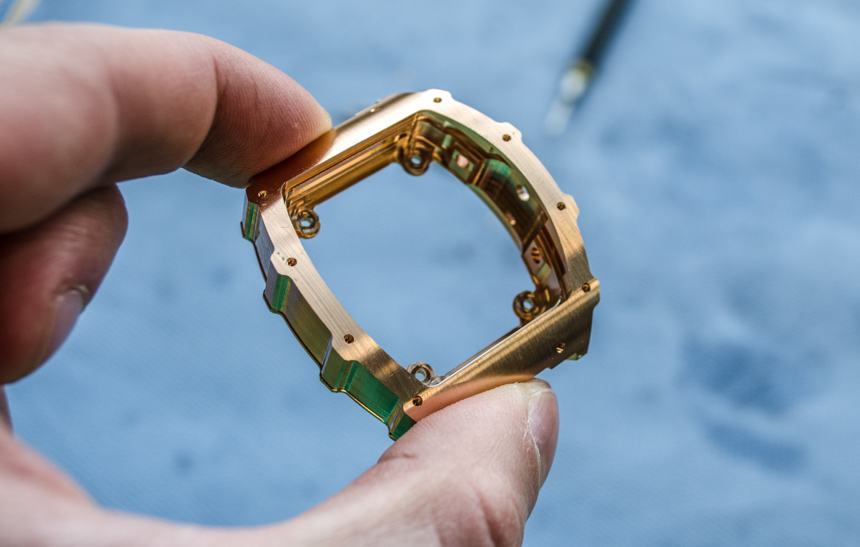
You Can Set The Price When You Are The Only One Doing It
My favorite argument to make in defense of Richard Mille’s pricing strategy is that “you still can’t get the same thing for less money.” Economically speaking Richard Mille is able to dictate the price on what they sell because no one else sells anything like it. I am not merely talking about superficial design, but also the materials, construction, and execution they are able to achieve.


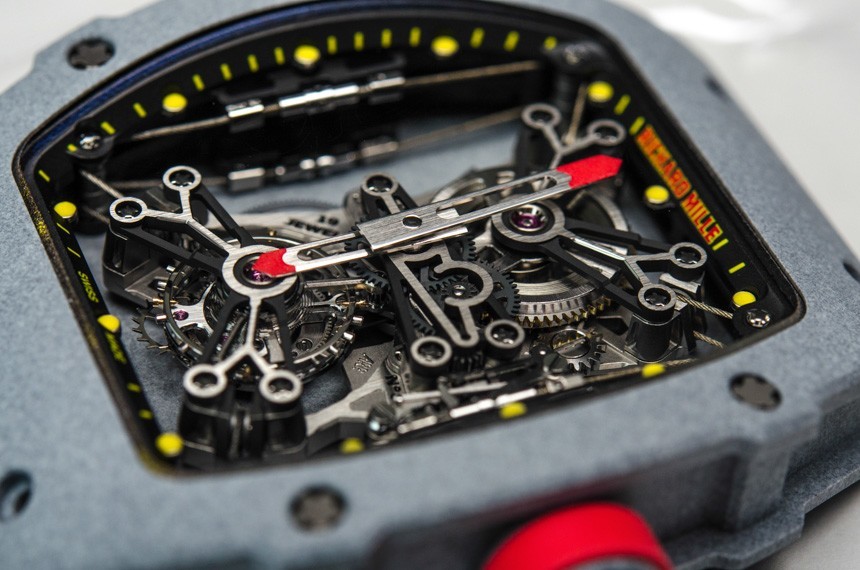
Even when looked at under magnification Richard Mille watch cases and movement components never look sloppy (at least I’ve not seen it). This sadly cannot be said for a lot of the competition. Myself and other members of the aBlogtoWatch team routinely take very closeup macro photography of watches and their movements. Trust me when I say that we find embarrassing things all the time that watch brands do not want consumers to see or know about. Richard Mille, however, regularly impresses us with intricate designs as well as often immaculate execution on very small scales. When it comes to modern-design watches, no one we can think of offers this kind of high-quality experience when it comes to admiring the parts and finishing.
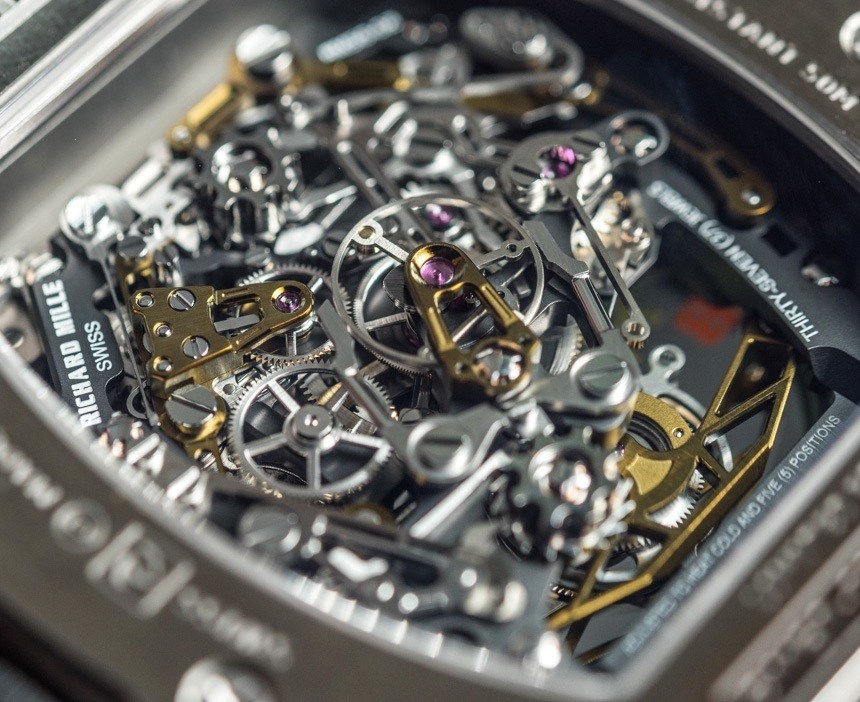
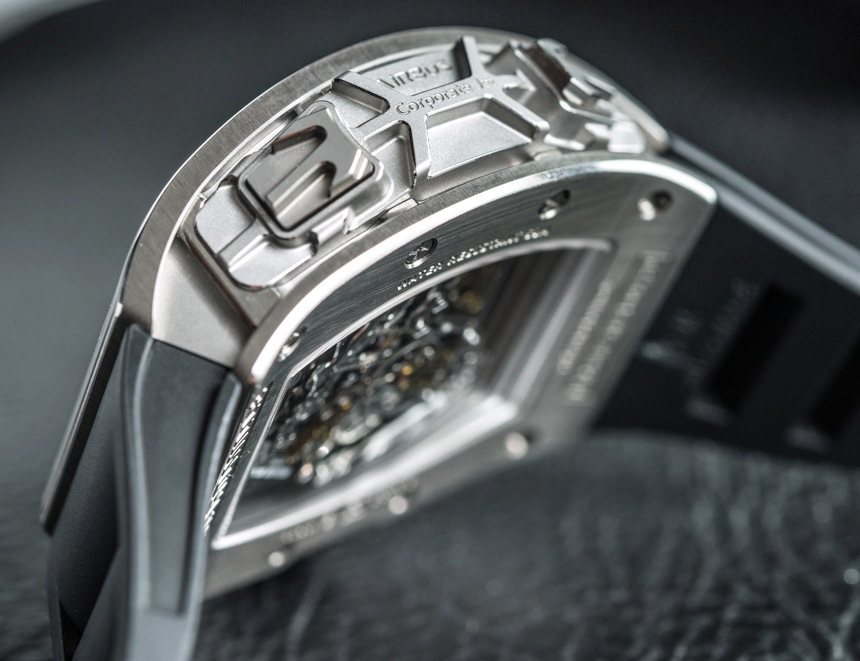
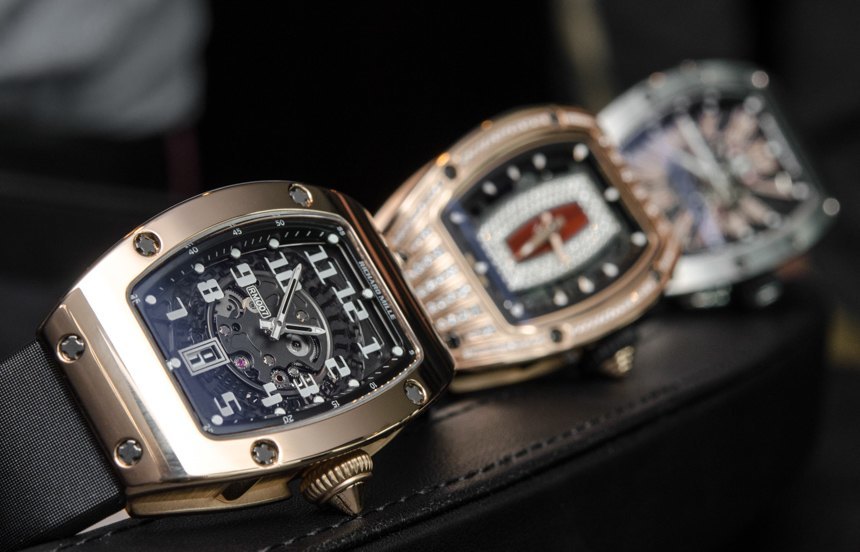
A brand that people often like to compare with Richard Mille is Greubel Forsey. Cut from the same cloth, the brands differ more in design and visual philosophy than in price. Whereas Richard Mille is less about traditional surface decoration like finely polished metal and more about interesting and new materials, Greubel Forsey is about celebrating more traditional techniques. The sources of value for the two brands is a bit different, but it is true that in the case of Greubel Forsey, they can dictate the price of their style of hand-finished mechanical movements because no one else does it quite like them.
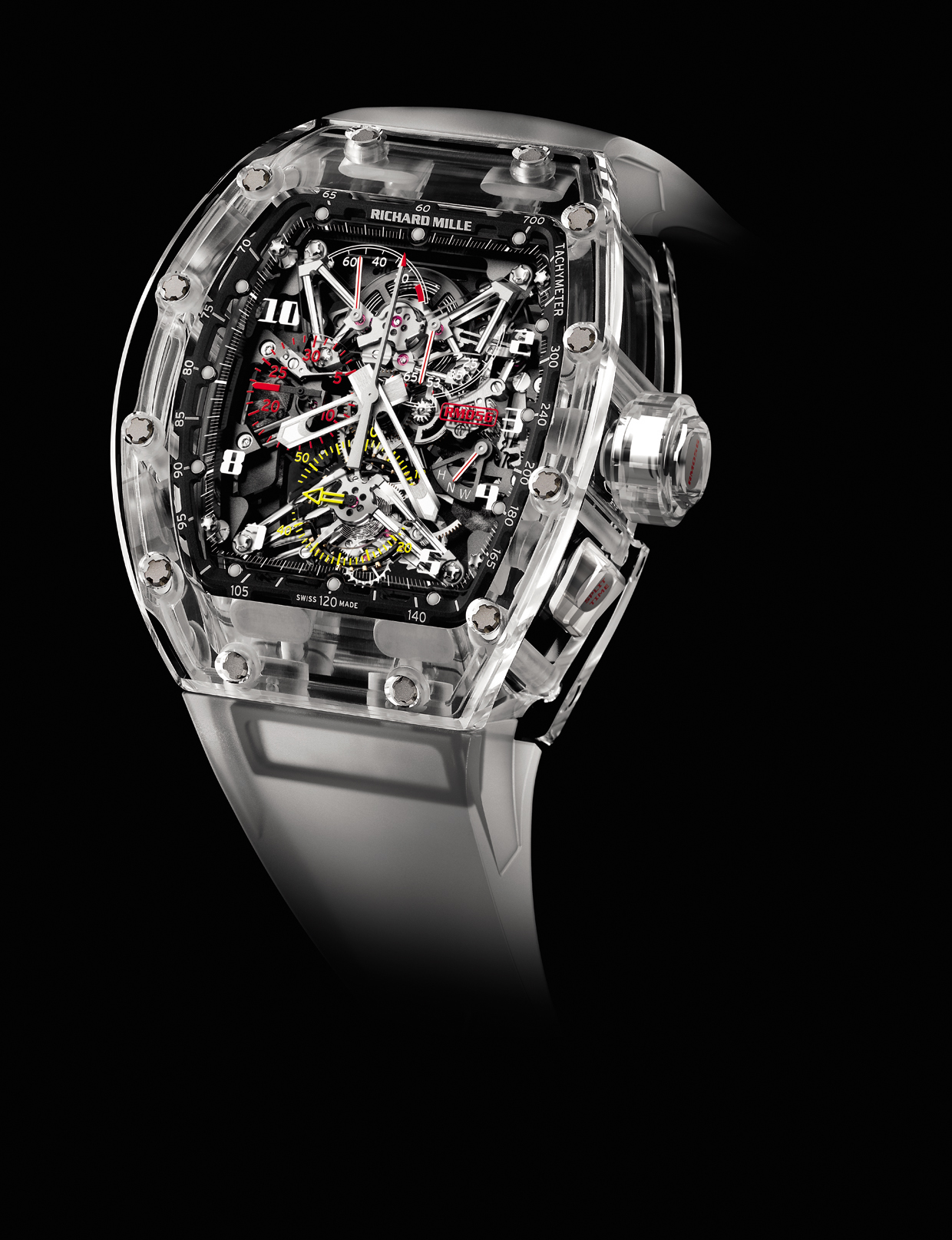
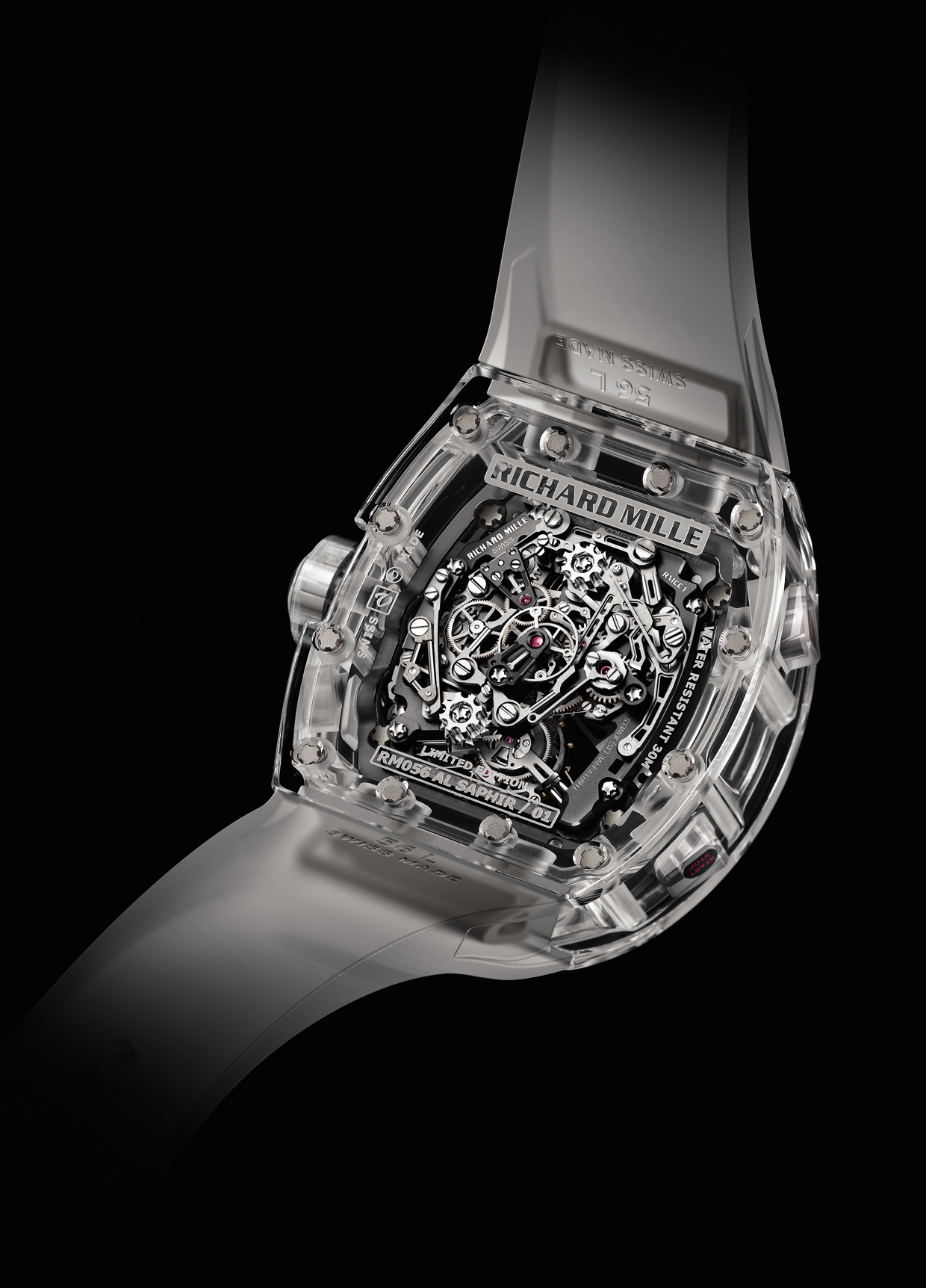
As I mentioned, while there is hand-finishing in Greubel Forsey watch movements, such decorative techniques are different from the visual style and materials used by Richard Mille. Even when using non-traditional luxury materials such as exotic carbon blends, no one else offers the same thing. Richard Mille must further consistently outpace competitors seeking to catch up by offering the same materials for less. A good example are watch cases made entirely of carefully machined synthetic sapphire crystal. Richard Mille was the first company to come out with a sapphire crystal case watch – and the first one (there were a few sapphire case models) costed over $1,000,000 USD. Later, other brands followed suit with their own watches that employed sapphire crystal for the case – in many instances at much lower prices. Richard Mille was able to charge so much because they were first, and since then, they have moved on to being the first with other materials.

